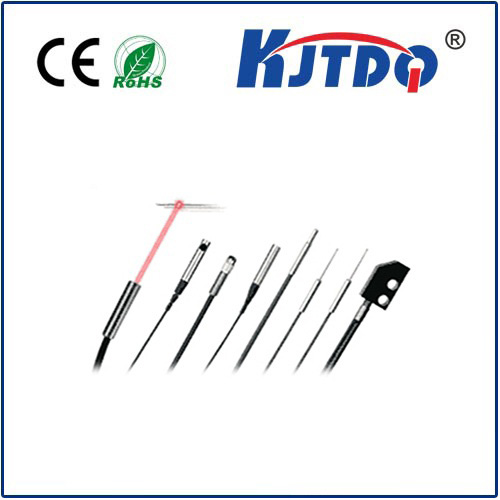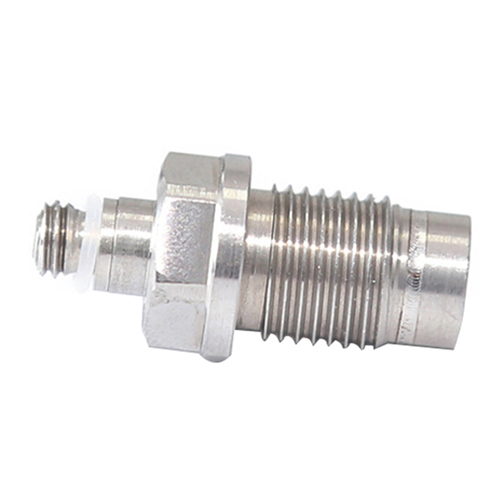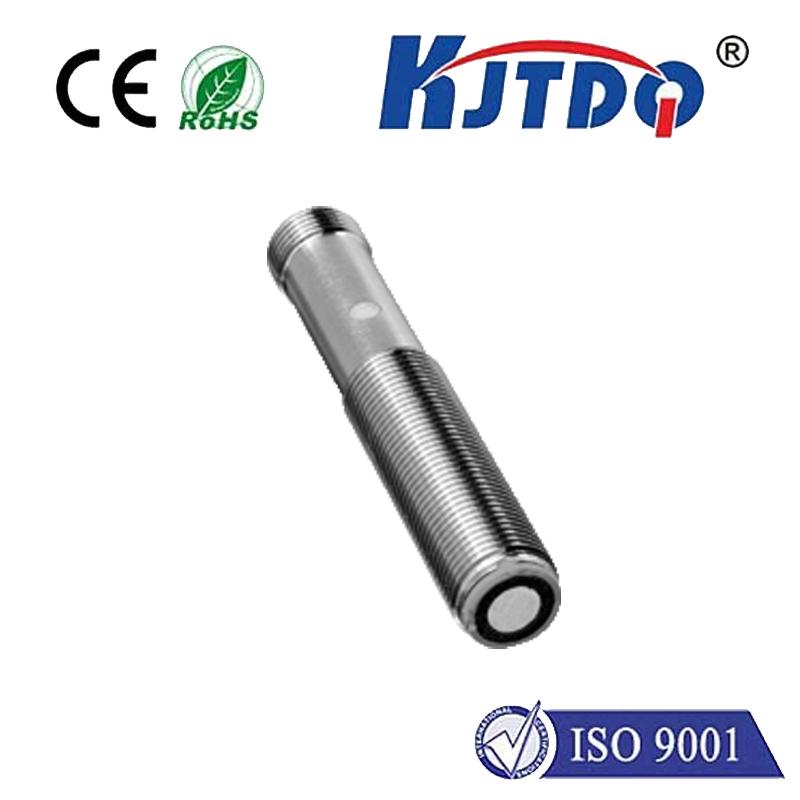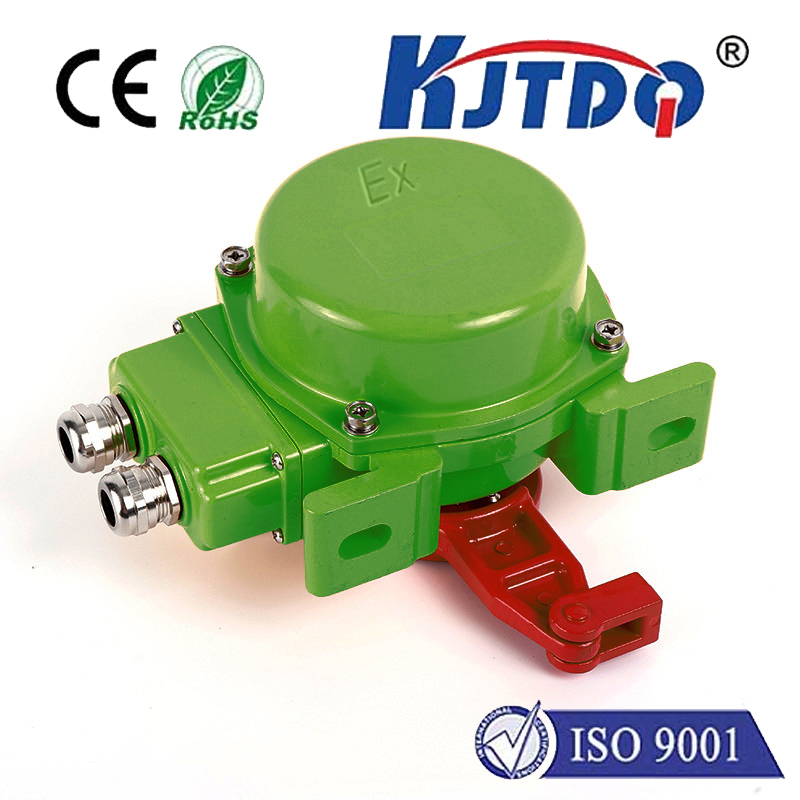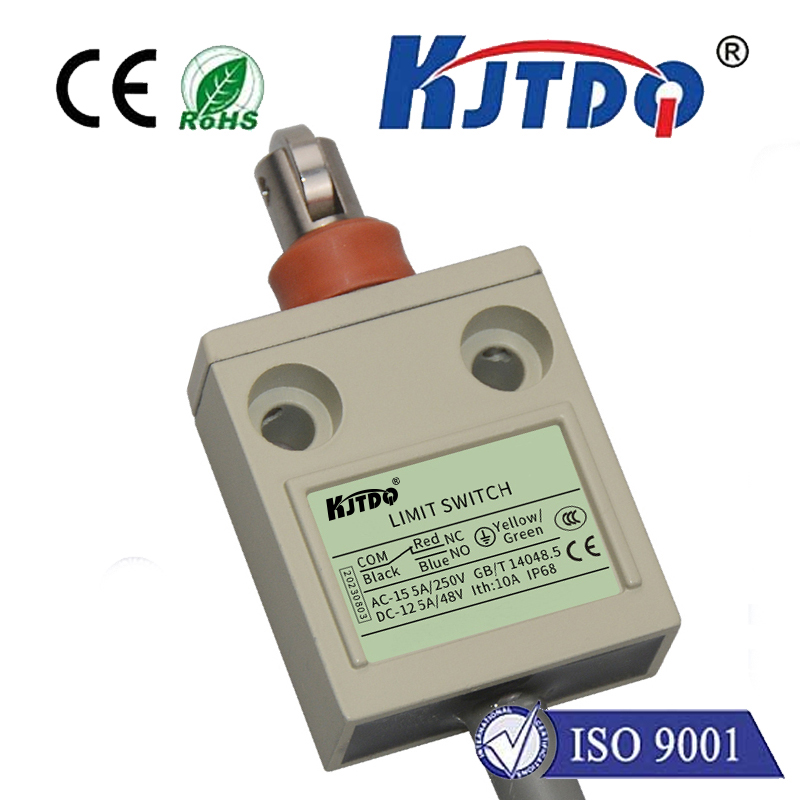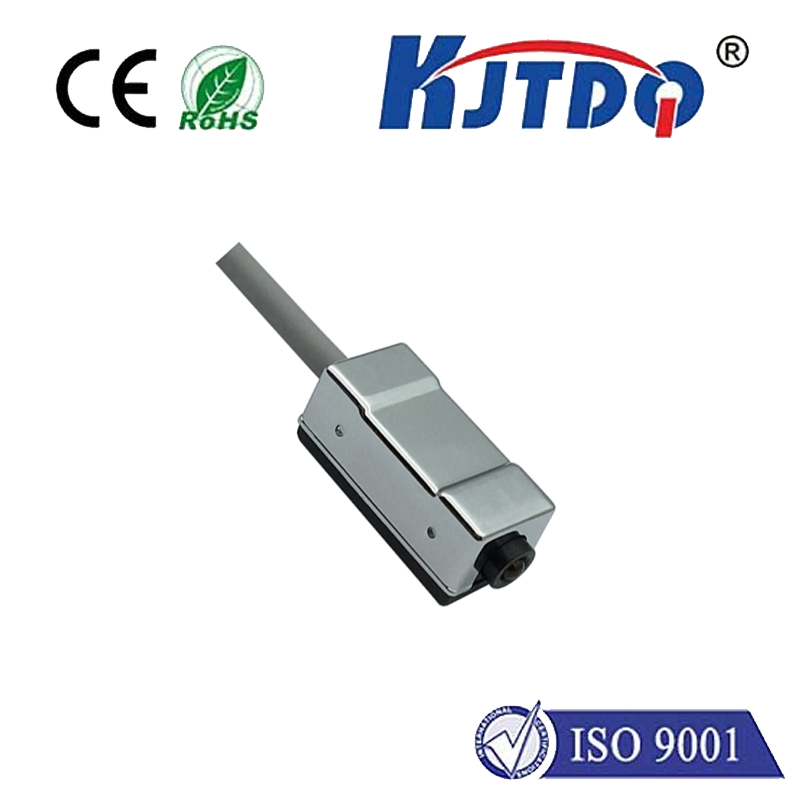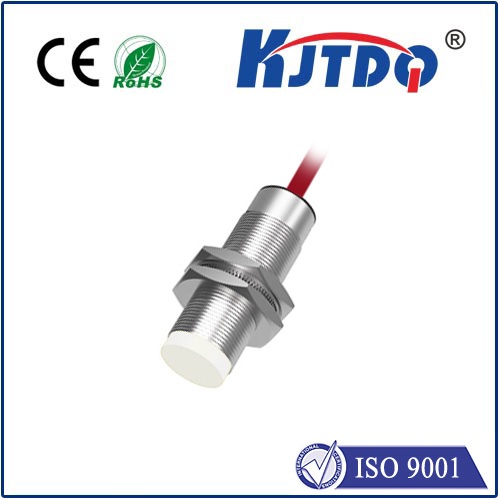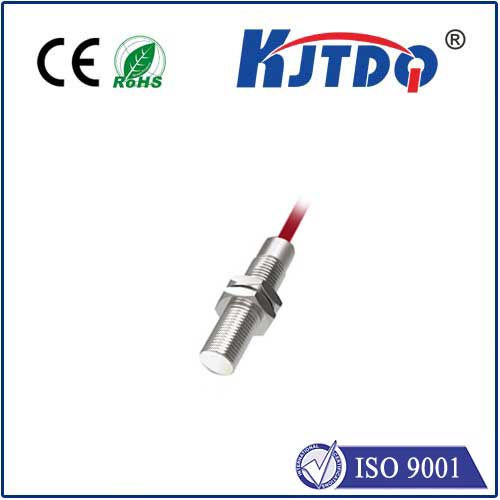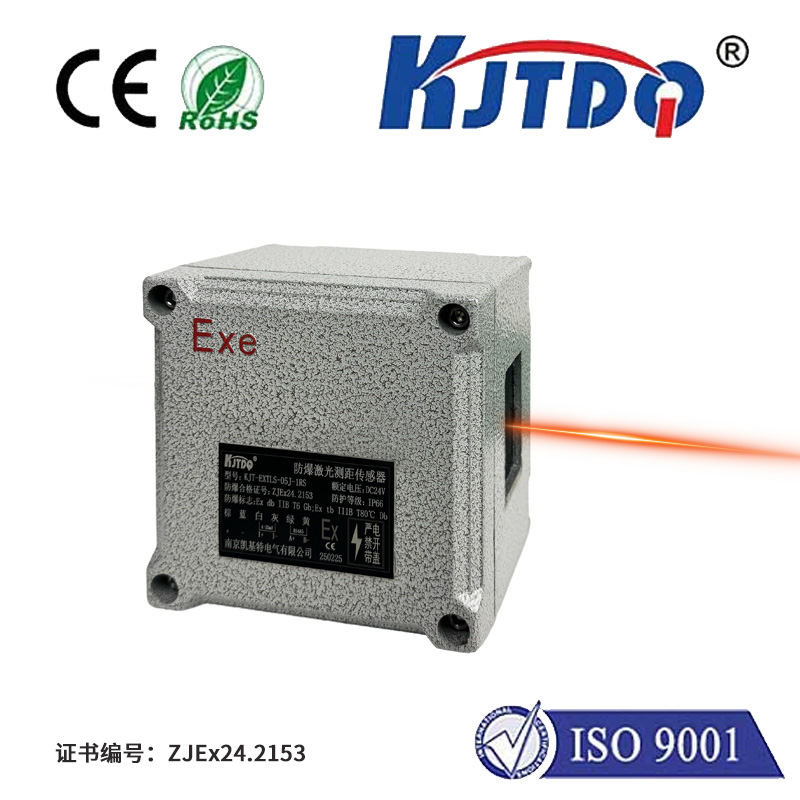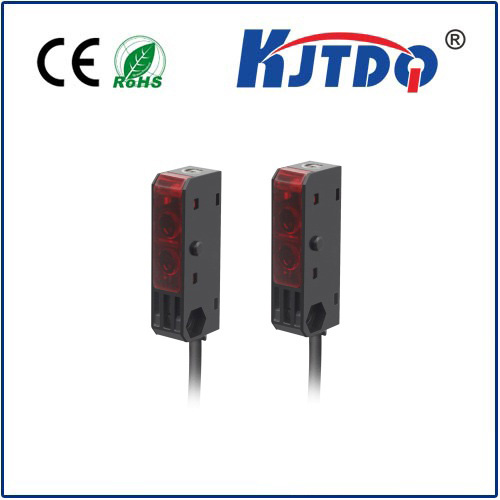BES016E high pressure proximity sensor
- time:2025-10-13 14:32:09
- Click:0
The Essential Guide to the BES016E High Pressure Proximity Sensor
In high-pressure industrial environments, sensor failure is never just an inconvenience – it’s a potential catalyst for costly downtime, safety hazards, and millions in losses. Detecting the presence or position of components subjected to intense force demands specialized sensing technology. The BES016E High Pressure Proximity Sensor is engineered precisely for these demanding scenarios, offering robust and reliable non-contact detection where ordinary sensors falter. This guide delves into what makes the BES016E a critical component for operations pushing the pressure limits.
Understanding High Pressure Proximity Sensing
Unlike standard inductive proximity sensors designed for typical industrial environments, high pressure proximity sensors like the BES016E are built to withstand the unique stresses encountered in hydraulic systems, presses, die-casting machines, and other applications where components operate under significant compressive forces. Standard sensors can suffer from:
- Housing Deformation: Plastic or weaker metallic housings can distort under extreme pressure, affecting internal components and sensing distance.
- Seal Failure: Intense pressure can compromise seals, allowing fluid ingress leading to sensor malfunction.
- Electrical Connection Issues: Pressure can stress cable entries and internal connections.
- Reduced Sensing Distance: Physical distortion or changes in the target material’s properties under pressure can impact detection reliability.
The BES016E addresses these challenges head-on.
Core Strengths of the BES016E Sensor

The BES016E distinguishes itself through several key features designed explicitly for high-pressure reliability:
- Exceptional Pressure Resistance: This sensor is specifically rated to perform reliably in environments with pressures reaching up to 22 bar (319 psi). This capability allows it to be mounted directly on high-pressure cylinders, presses, or hydraulic manifolds where conventional sensors would fail. Its design prevents the high-pressure-induced deformation that cripples lesser components.
- Robust Stainless Steel Housing: Featuring a corrosion-resistant all-metal housing (typically stainless steel), the BES016E provides superior mechanical strength. This robust construction is essential to prevent housing deformation or crushing under extreme loads, ensuring consistent sensing performance and sensor longevity.
- Enhanced Protection (IP67/IP69K): The sensor boasts a high Ingress Protection (IP) rating, typically IP67 (protection against dust and temporary immersion) and often IP69K (protection against high-pressure, high-temperature washdowns). This ensures reliable operation in dirty, wet, and aggressively cleaned environments common in heavy industry, preventing fluid ingress even under pressure extremes.
- Reliable Inductive Sensing: The BES016E utilizes a non-contact inductive sensing principle. It generates an electromagnetic field; when a metallic target (usually steel, but often configurable) enters this field, it induces eddy currents within the target. The sensor detects this change, signaling the target’s presence without physical contact. This method is inherently wear-free and highly reliable.
- Shielded Design (Factor 1): The sensor is typically shielded (Factor 1 design), meaning it can be flush-mounted in metal. This shielding focuses the sensing field forward, minimizing potential interference from surrounding metal structures and allowing for very precise detection and compact installation, crucial in densely packed hydraulic systems.
- High Switching Frequency & NPN/PNP Options: A high switching frequency enables the detection of fast-moving targets. The BES016E also commonly offers both NPN (sinking) and PNP (sourcing) output configurations (often denoted by a suffix in the order code, e.g., BES016E-PSC25B-S4G), providing flexibility to integrate seamlessly into diverse PLC and control system wiring schemes.
Where the BES016E Shines: Critical Applications
The robust design and high-pressure capability of the BES016E make it indispensable in numerous demanding sectors:
- Hydraulic Systems: Monitoring cylinder piston position directly within high-pressure hydraulic cylinders or on cylinder mounting blocks. Essential for control logic requiring precise endpoint detection.
- Plastic Injection Molding Machines: Detecting mold clamping positions, ejector plate stroke endpoints, or core pull positions – all areas subjected to significant clamping forces and requiring reliable signals for complex sequences and cycle timing.
- Die Casting Machines: Used for position sensing on locking units, shot sleeves, and ejectors operating under intense pressures and temperatures. Ensures safety interlocks and process control precision.
- Presses & Punching Machines: Detecting tooling positions, material presence, or safety guard positions in stamping and forming operations where forces are immense. Critical for preventing tool crashes and ensuring operator safety.
- Heavy Machinery (Construction, Agriculture): Position sensing on cylinders for booms, buckets, and blades in excavators, loaders, and tractors, enduring vibration, shock, and potential fluid exposure. Enables automation and precise control.
- Valve Position Feedback: Confirming the open/closed state of high-pressure valves in process industries like chemical, oil & gas. Provides essential data for flow control and safety systems.
- Test Benches: Employed in high-pressure testing rigs to verify component position or load presence during rigorous pressure testing cycles. Ensures test validity and safety.
Selecting & Implementing the BES016E Effectively
Deploying high pressure sensors successfully requires attention to detail:
- Confirm Pressure Rating: Always verify the sensor’s specific pressure rating (e.g., 22 bar) matches or exceeds the maximum operating pressure at the installation point. Never exceed this rating.
- Choose the Correct Output: Select the NPN or PNP version based on your control system’s input card requirements.
- Mounting: Ensure the sensor is securely mounted using suitable brackets or threaded mountings designed to handle the pressure and vibration. Correct alignment with the target (distance and centering within the sensing field) is crucial for reliable operation.
- Target Material & Size: The BES016E is designed for ferrous metals (steel, iron). Standard sensing distances (e.g., 2mm or 4mm) require a target size typically equal to or larger than the sensor face diameter. Refer to datasheets for exact specifications regarding target material and size requirements.
- Cable & Connector Protection: Even with a high IP rating, ensure electrical connections (cable entries or connectors) are routed and protected to avoid snagging, crushing, or exposure to highly corrosive chemicals beyond the sensor’s rating. Use conduit or protective sleeving where necessary.
- Voltage Compatibility: Ensure the sensor’s operating voltage range (e.g., 10-30V DC) matches your supply voltage. Protect the sensor with appropriately rated fuses.
Maximizing Sensor Life in Harsh Conditions
While the BES016E is built tough, proactive maintenance ensures peak performance and longevity:
- Perform regular visual inspections for physical damage, corrosion, or fluid leaks around seals/cable entries.
- Keep the sensing face clean from heavy buildup of oils, greases, or metallic swarf, which can dampen the sensing field.
- Check the integrity of electrical connections periodically to prevent intermittent faults.
- During high-pressure washdowns (especially with IP69K models), ensure sprays aren’t directed forcefully directly at cable entries for extended periods, even if rated. Follow manufacturer cleaning guidelines.
The BES016E: Reliability Where Pressure Reigns Supreme
In the unforgiving realm of high-pressure industrial automation, component reliability isn’t optional—it’s imperative. The **BES016






